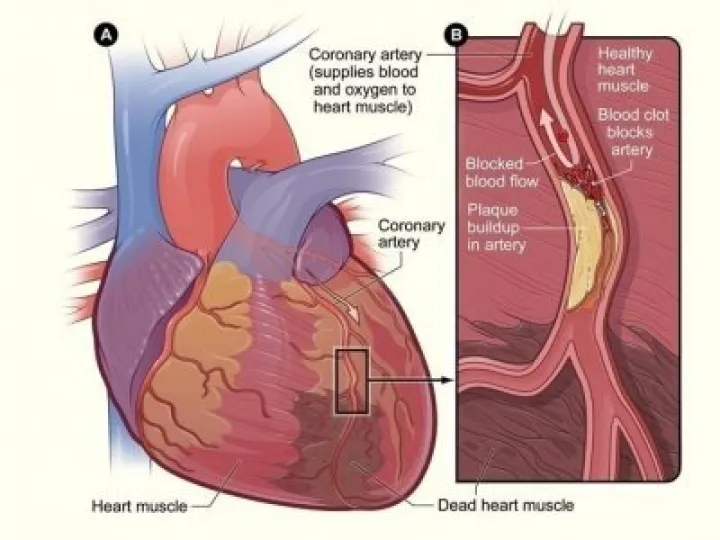Asked what the most prominent cause of death is in developed countries and the majority of people would probably guess that cancer tops the league table. However, the truth is that cardiovascular disease is the primary reason for falling off the perch.
The term cardiovascular disease (CVD) is used to describe all the diseases of the heart and circulation including coronary heart disease (angina and heart attack), heart failure, congenital heart disease and stroke. It is also known as heart and circulatory disease. More information is available here.
The development of CVD occurs over many years, and in addition to familial (i.e., hereditary) influences, there are various lifestyle factors that can increase or decrease the likelihood of developing this pattern of disease.
Recently, researchers from many different medical disciplines have cooperated to develop an individual's risk calculator, which aims to help healthcare professionals and patients better understand cumulative lifetime risk of developing CVD and what can be done to lower it.
A key component of the calculator is a better understanding of the "true age of the heart". This is worked out using current familial and lifestyle risk factors, and used to predict how many more years an individual can expect to live before she or he has a heart attack or stroke compared with someone without these particular factors – if no corrective action is taken.
So, for example, a 35 year old woman smoker, with a systolic blood pressure of 160 mm Hg and a total cholesterol of 7 mmol/l, plus a family history of premature CVD, would have a true heart age of 47 and expect to survive to the age of 71 without having a heart attack/stroke. Her 10 year risk would be less than 2%.
But if this same woman quit smoking, cut her total cholesterol to 4 mmol/l and her systolic blood pressure to 130 mm Hg, her heart age would fall to 30. She could expect to live to the age of 85 before having a heart attack/stroke and more than halve her 10 year risk to less than 0.25%.
Lifestyle changes include quitting smoking, adopting a healthy diet, and boosting the amount of regular exercise, while curbing sedentary activity.
To see how your current heart age measures up, click here.
To make use of this online tool, you'll need to know your numbers (measurements for blood pressure, blood cholesterol, etc) – for many people who have had blood samples taken, these data are likely to be recorded on your medical records: you just need to ask your GP.
One unfamiliar number you will be asked for is your Townsend Quintile. This has nothing to do with whether or not you live in that particular part of Haddenham (although if you do, it might suggest you have a very low Townsend score!). Rather, it is a measure used by the NHS to indicate your socio-economic status (or more accurately, level of deprivation).
The Townsend score is made up by looking at four variables:
- unemployment – % of economically active residents aged 16-59/64 who are unemployed;
- car ownership – % of private households who do not possess a car;
- owner occupation – % of households not owner occupied
- overcrowding (over 1 person per room) – % of private households with more than 1 person per room.
The total range of scores is divided up into 5 sub-groups ('Townsend Qunitiles'): a score of 5 indicates the most deprived members of the population, a score of 1 indicates the most affluent.
Using the Online Tool
If you manage to plug your numbers into the online assessment tool, you'll be shown your 'Heart Age' to compare with your true chronological age. We recommend that you view the results in 'Full Screen' format (there's a little icon to click for this) and select 'more' to show extra data.
The latter parts of the tool allow you to see the effects on potentially reducing your 'Heart Age' by adopting personal health strategies (or by taking prescribed medication) to lower blood pressure and total cholesterol, and increase HDL ("good cholesterol"). The positive impact of reducing or stopping smoking can also be gauged.
The online tool has only just been published (26th March 2014). Although it offers some interesting insights into the years of healthy life that may be gained (potentially) by taking steps to alter key biological markers in a favourable direction, some medical scientists have questioned the tool's lack of input in terms of levels of physical activity and aerobic exercise.








